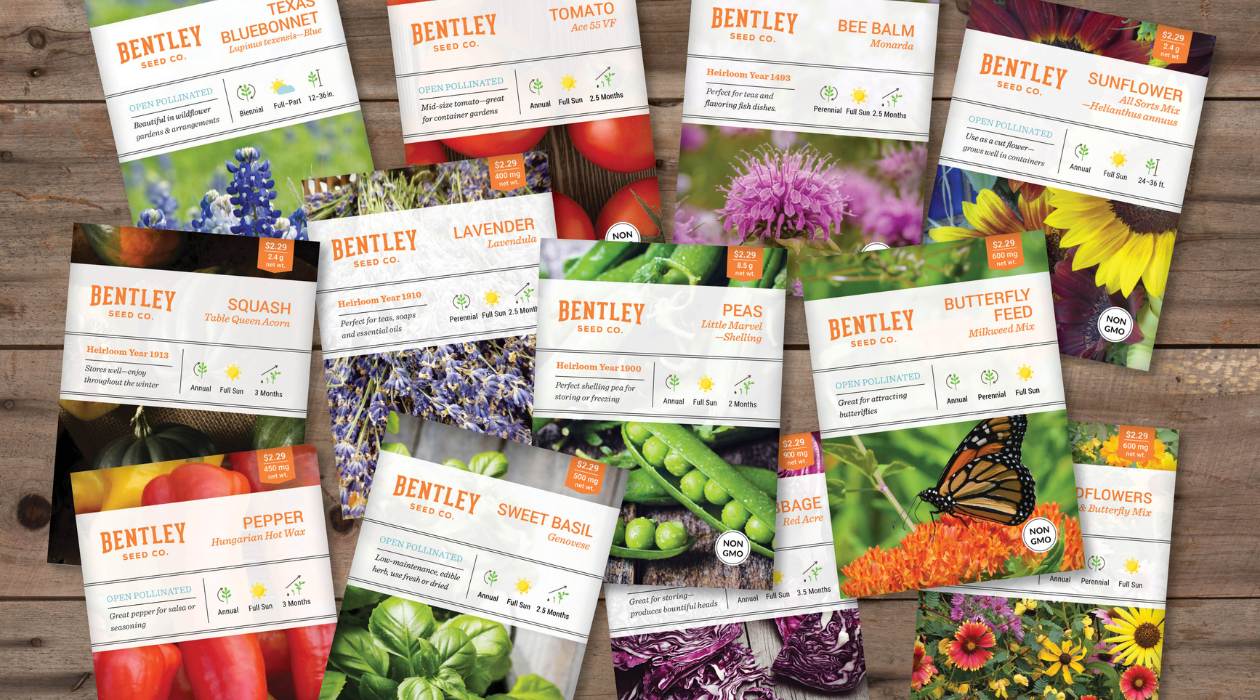

Articles
How To Store Open Seed Packets
Modified: January 7, 2024
Learn the best practices for storing open seed packets with our informative articles. Keep your seeds fresh and ready for planting.
(Many of the links in this article redirect to a specific reviewed product. Your purchase of these products through affiliate links helps to generate commission for Storables.com, at no extra cost. Learn more)
Introduction
Welcome to the world of gardening! Whether you are an avid gardener or a beginner just starting out, one thing is for certain – seed packets are an essential part of your gardening journey. They hold the potential to grow beautiful plants and bring life to your outdoor space or home garden. However, once you open a seed packet, it’s crucial to know how to properly store the remaining seeds to ensure their longevity and viability for future use.
In this article, we will guide you through the process of storing open seed packets effectively. By following these steps, you can protect your investment in seeds and maximize the potential for successful germination in the future. So let’s dive in!
Key Takeaways:
- Properly storing open seed packets is crucial for maintaining seed viability, saving money, and staying organized. Use airtight containers, desiccant packs, and labels to ensure successful future plantings.
- To enhance seed longevity, start with quality seeds, avoid extreme temperatures and moisture, and organize your seed collection. Follow proper storage techniques and periodic checks for optimal results.
Read more: How To Fold Seed Packet
Why is it important to store open seed packets properly?
Properly storing open seed packets is essential for several reasons. Firstly, it helps maintain the viability of the seeds. Many gardeners purchase more seeds than they actually need for a season, and if the seeds are not stored correctly, they may lose their ability to germinate.
Secondly, storing open seed packets properly allows you to use the remaining seeds in the future. By protecting them from moisture, light, and temperature fluctuations, you can ensure that they remain viable for years to come. This is particularly helpful if you want to save money by reusing seeds, trade seeds with other gardeners, or preserve rare or heirloom varieties.
Lastly, storing open seed packets properly helps you stay organized. By keeping your seed collection in good condition, you will always know what seeds you have available and can easily plan for future plantings. This saves time and prevents you from accidentally purchasing duplicate seeds.
Now that we understand the importance of proper seed storage, let’s move on to the materials you will need.
Materials needed
Before you begin storing your open seed packets, gather the following materials:
- Airtight containers: You will need containers that can seal tightly and keep out moisture and air. Mason jars, small plastic food storage containers, or resealable bags are all great options.
- Desiccant packs: These small packets are designed to absorb moisture and help prevent seed deterioration. They can be found in packaging materials or purchased separately.
- Labels or markers: To keep track of the seeds stored in each container, it’s helpful to label them. You can use pre-made labels or simply write directly on the containers with a waterproof marker.
- Optional: Silica gel packets or rice: These can be added to the containers to absorb any excess moisture.
With these materials on hand, you are now ready to start storing your open seed packets. Follow the steps below for proper storage.
Store open seed packets in a cool, dry place to maintain their viability. Airtight containers or resealable bags can help prevent moisture and air from affecting the seeds. Be sure to label the containers with the seed type and date.
Steps to store open seed packets
Follow these steps to ensure proper storage of your open seed packets:
- Remove any excess air from the seed packet: Open the seed packet and gently press out any excess air. This helps prevent the seeds from deteriorating due to moisture and reduces the risk of mold growth.
- Transfer the seeds to an airtight container: Place the seeds into a clean, dry, and airtight container. Mason jars or resealable plastic bags work well for this purpose. Make sure the container is appropriately sized to hold the seeds comfortably without excessive empty space.
- Add a desiccant pack or silica gel packet: If you live in a humid climate or are storing seeds for an extended period, it’s a good idea to include a desiccant pack or silica gel packet in the container. These help absorb excess moisture and maintain the seed’s viability.
- Label the container: Clearly label the container with the type of seeds and the date stored. This information will be essential when you plan future plantings or share seeds with other gardeners.
- Store the container in a cool, dark, and dry place: Find a suitable location to store the container, such as a basement, pantry, or cupboard. The temperature should remain relatively stable, and the area should be free from direct sunlight, moisture, and extreme temperature fluctuations.
- Check on the seeds periodically: It’s a good practice to check on your stored seeds periodically. Inspect for any signs of moisture, mold, or pests. If necessary, replace the desiccant pack or silica gel packet to maintain optimal seed storage conditions.
By following these steps, you can maximize the longevity and viability of your open seed packets, ensuring successful germination in the future.
Tips for successful seed storage
In addition to the steps outlined above, here are some additional tips to ensure successful seed storage:
- Start with quality seeds: The quality of the seeds you start with plays a significant role in their longevity. Purchase seeds from reputable sources and ensure they are fresh and properly stored before you even open the packet.
- Avoid exposing seeds to extreme temperatures: Fluctuations in temperature can harm the viability of seeds. Keep them away from areas that experience extreme heat or cold, such as near radiators or windows.
- Keep seeds away from moisture: Moisture is the enemy of seed storage. Store them in a place with low humidity and avoid any exposure to water or damp conditions.
- Store seeds in small quantities: It’s best to store seeds in small quantities to prevent the need for repeatedly exposing them to air and moisture. Only take out as many seeds as you plan to sow during each planting season.
- Organize your seed collection: Keep a record of the seeds you have stored and their expiration dates. This will help you plan for future plantings and avoid wasting seeds.
- Consider freezing some seeds: Certain seeds, such as those of tropical plants, may benefit from storage in the freezer. However, it’s important to research specific seed types to determine if freezing is recommended.
- Learn about seed viability: Different seeds have varying lifespans. Familiarize yourself with the viability of the seeds you are storing to ensure they will still be viable when you are ready to plant them.
- Practice proper seed saving techniques: If you plan to save seeds from your own plants, make sure to follow proper seed-saving techniques to ensure the seeds are clean, dry, and free from pests or diseases before storing them.
By following these tips, you can enhance the longevity of your open seed packets and increase your success rate with seed germination.
Read more: How Large Is A Seed Packet
Conclusion
Storing open seed packets properly is a crucial step in your gardening journey. By taking the time to store remaining seeds correctly, you can maintain their viability, save money, and ensure a successful germination rate in the future. Remember to use airtight containers, add desiccant packs or silica gel packets, label the containers, and store them in a cool, dark, and dry place.
Additionally, implement the tips we discussed, such as starting with quality seeds, avoiding extreme temperatures and moisture, organizing your seed collection, and practicing proper seed-saving techniques. These practices will help you maximize the lifespan of your seeds and ensure successful plantings for years to come.
So, don’t let your open seed packets go to waste. Take the necessary steps to store them properly, and you’ll have a treasure trove of potential waiting for your next gardening adventure.
Frequently Asked Questions about How To Store Open Seed Packets
Was this page helpful?
At Storables.com, we guarantee accurate and reliable information. Our content, validated by Expert Board Contributors, is crafted following stringent Editorial Policies. We're committed to providing you with well-researched, expert-backed insights for all your informational needs.
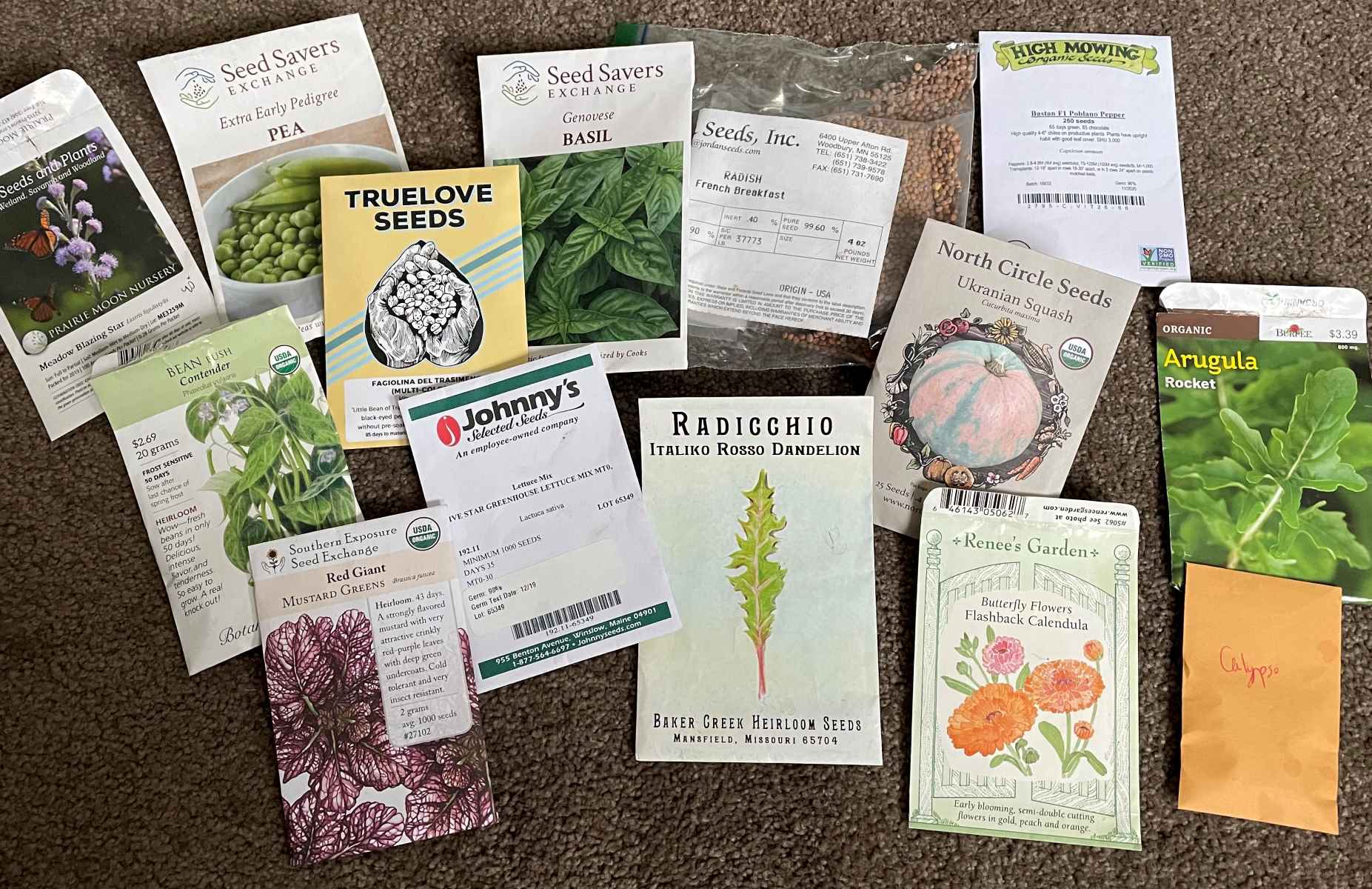
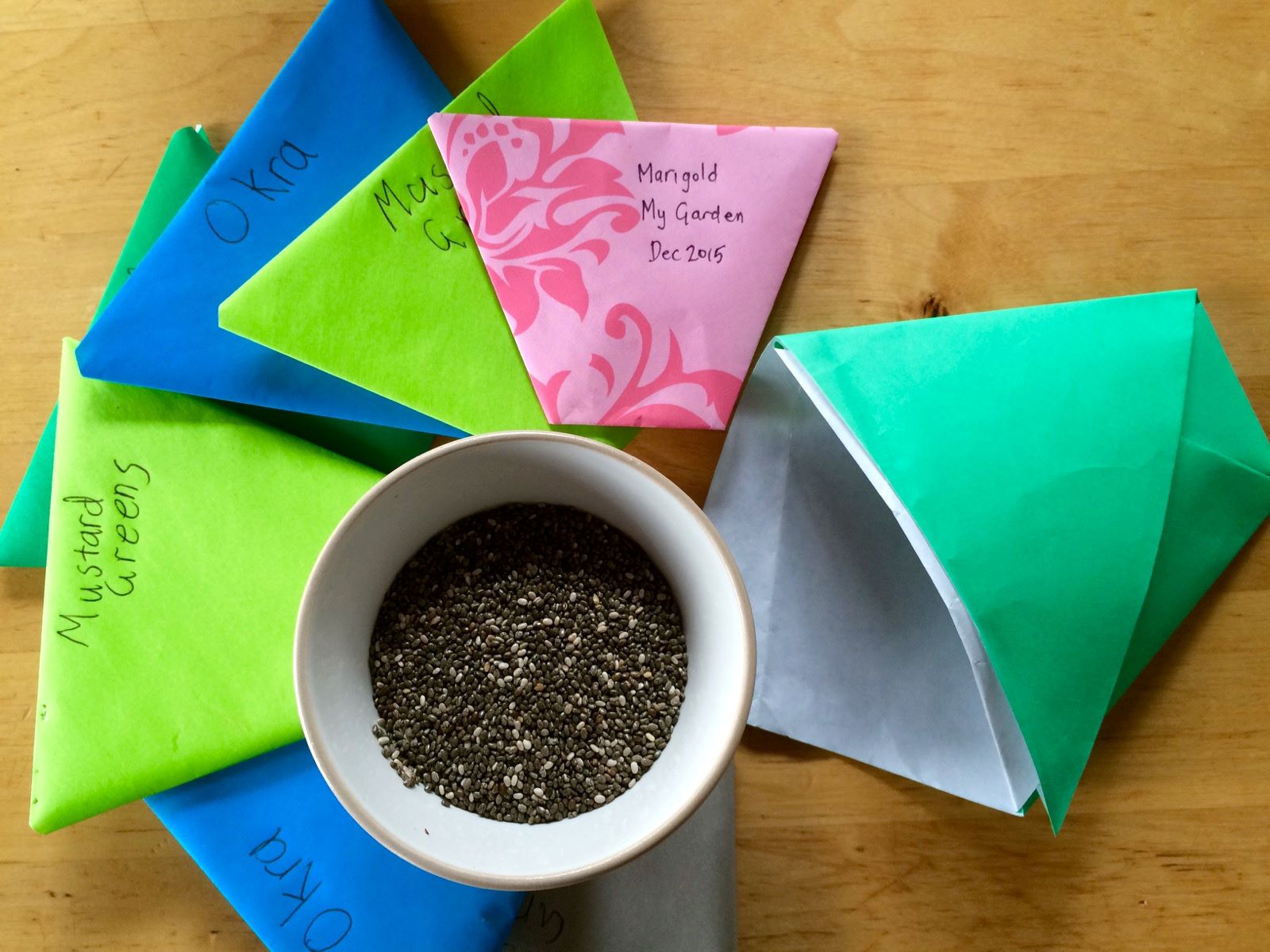
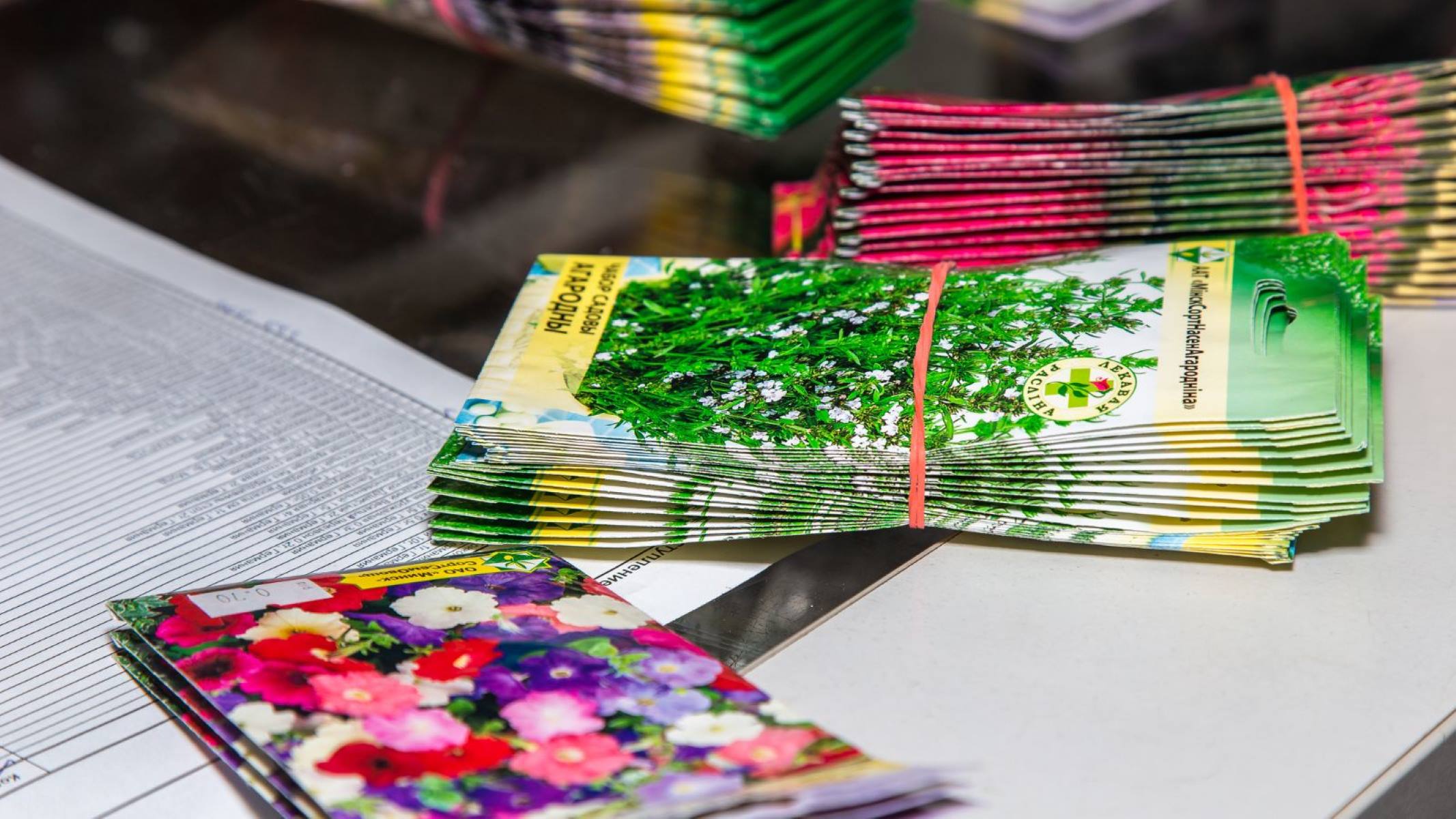

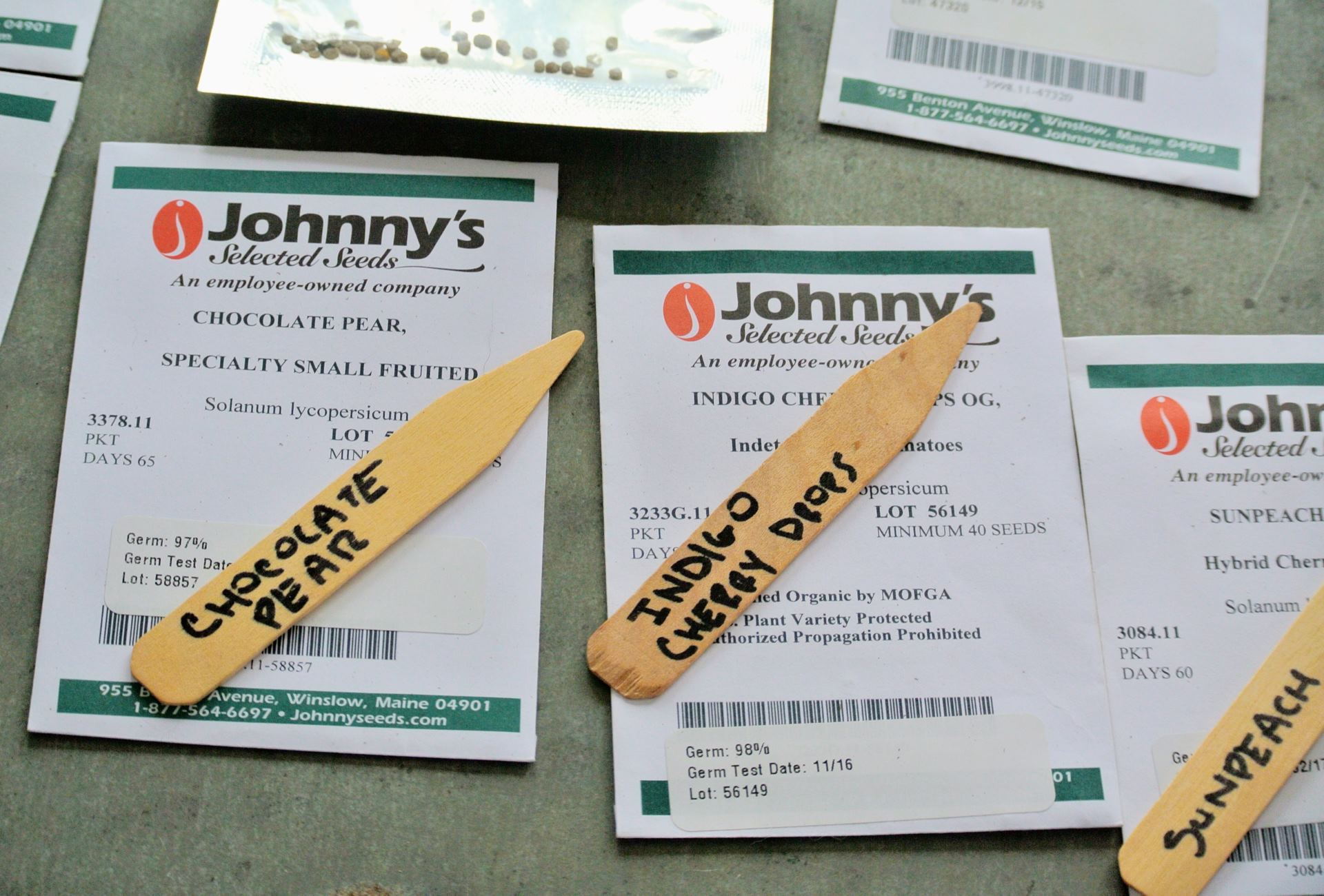
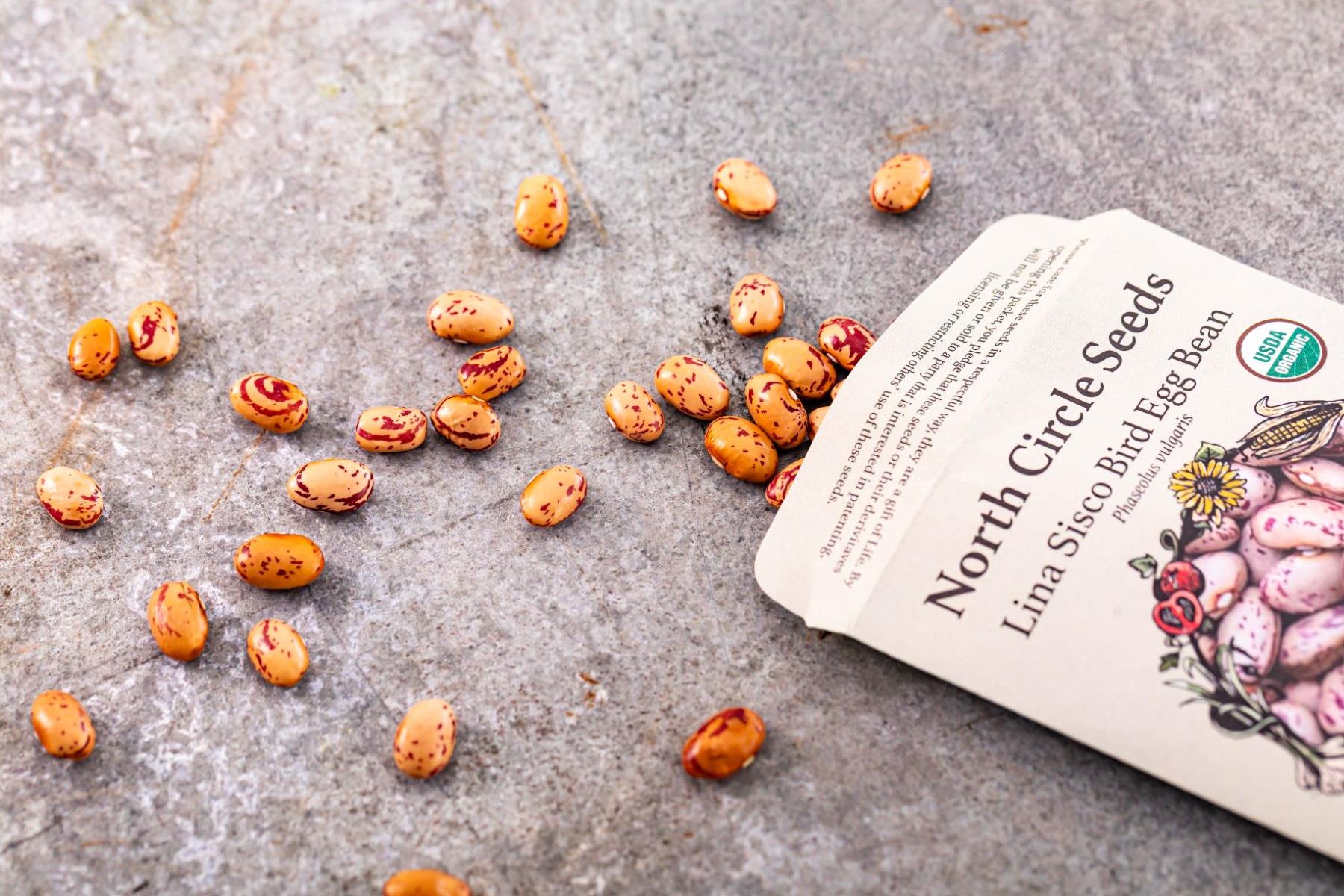

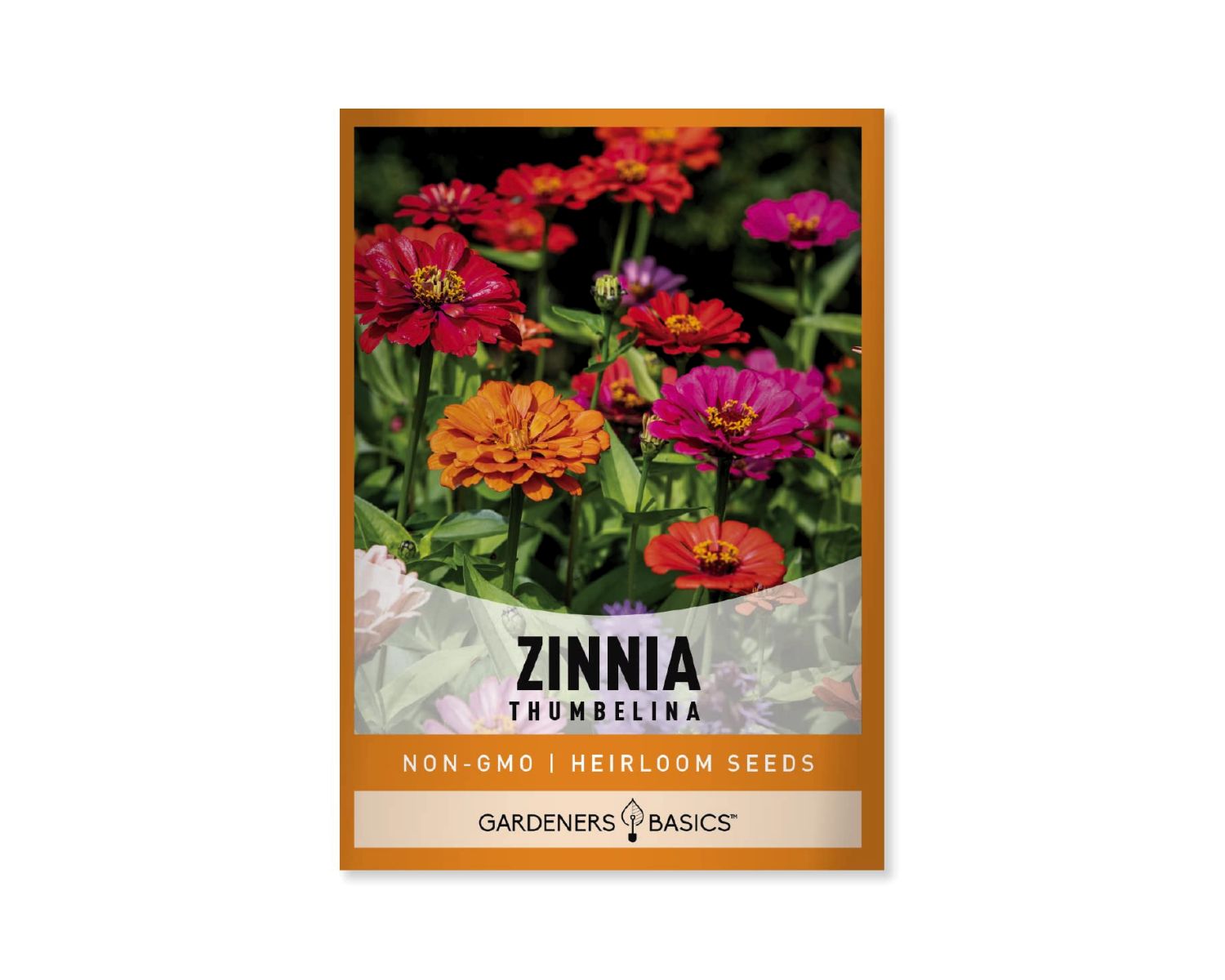
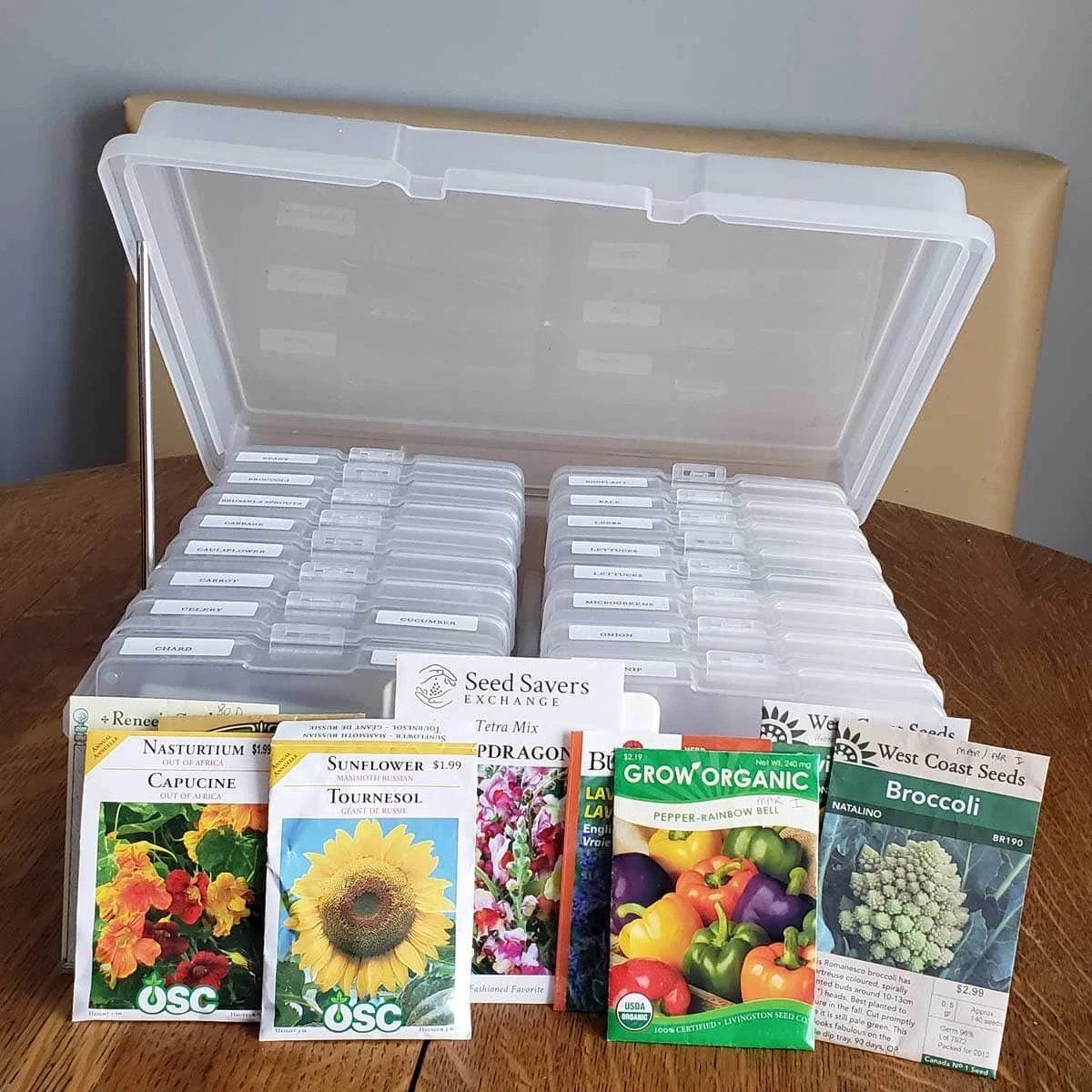
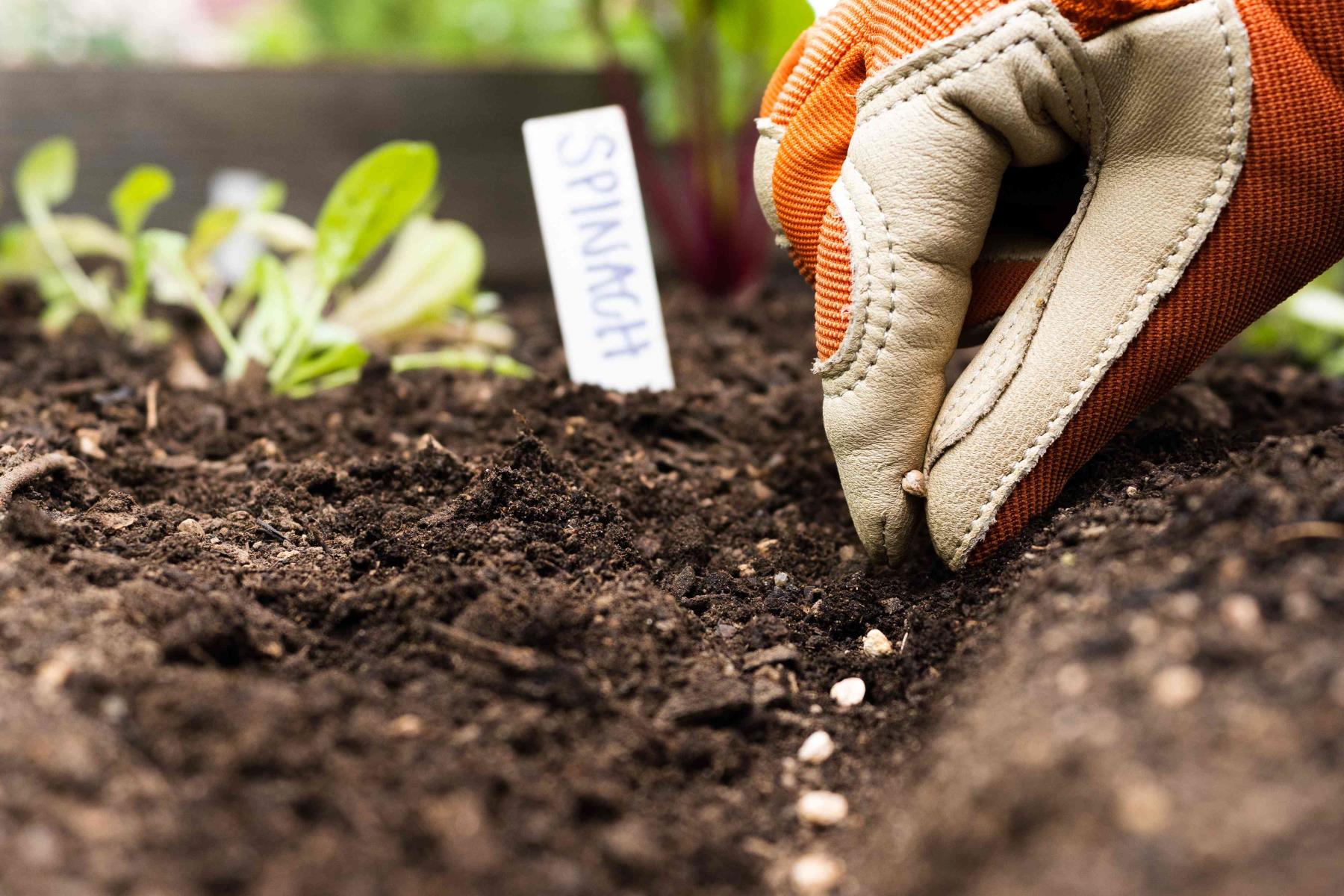
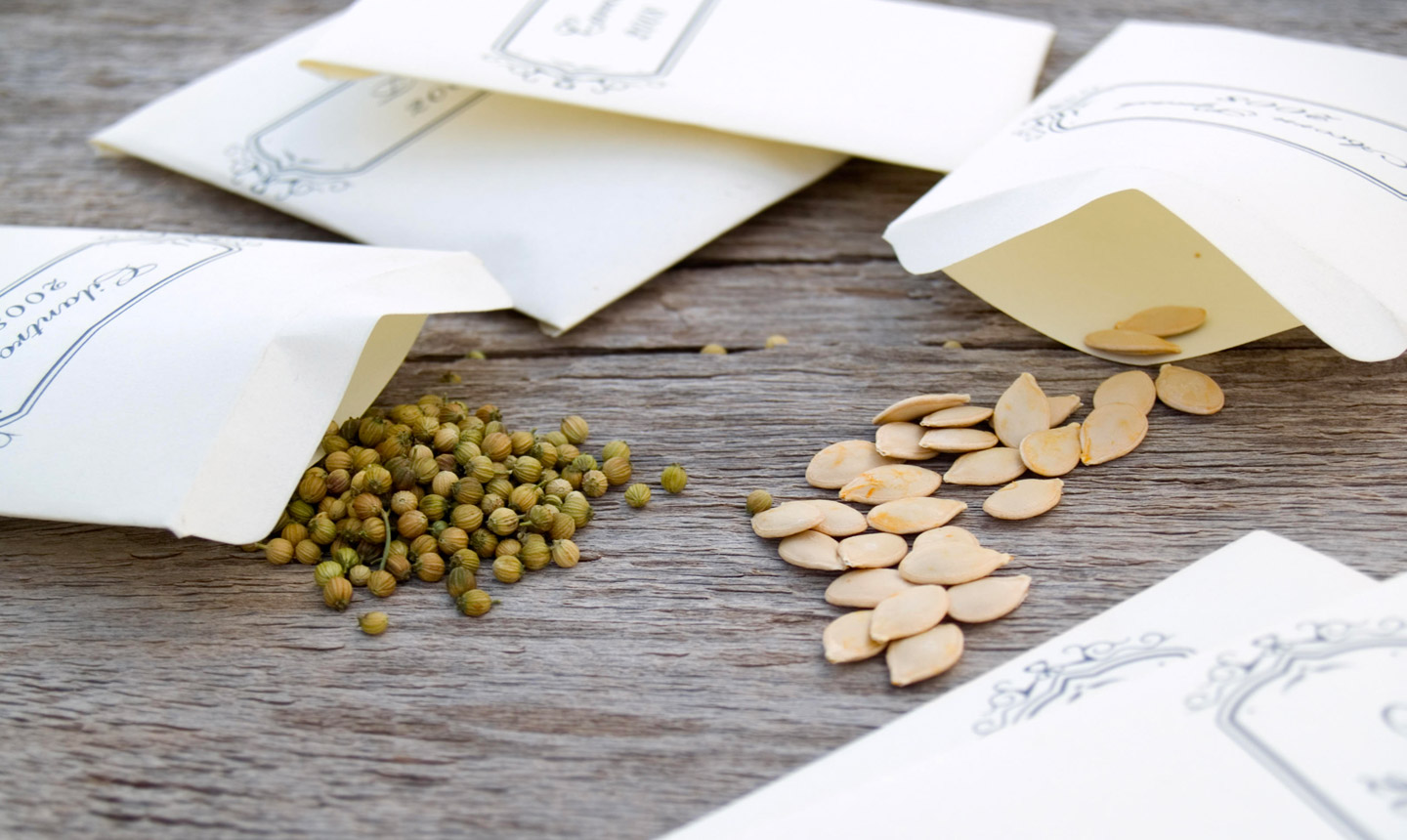
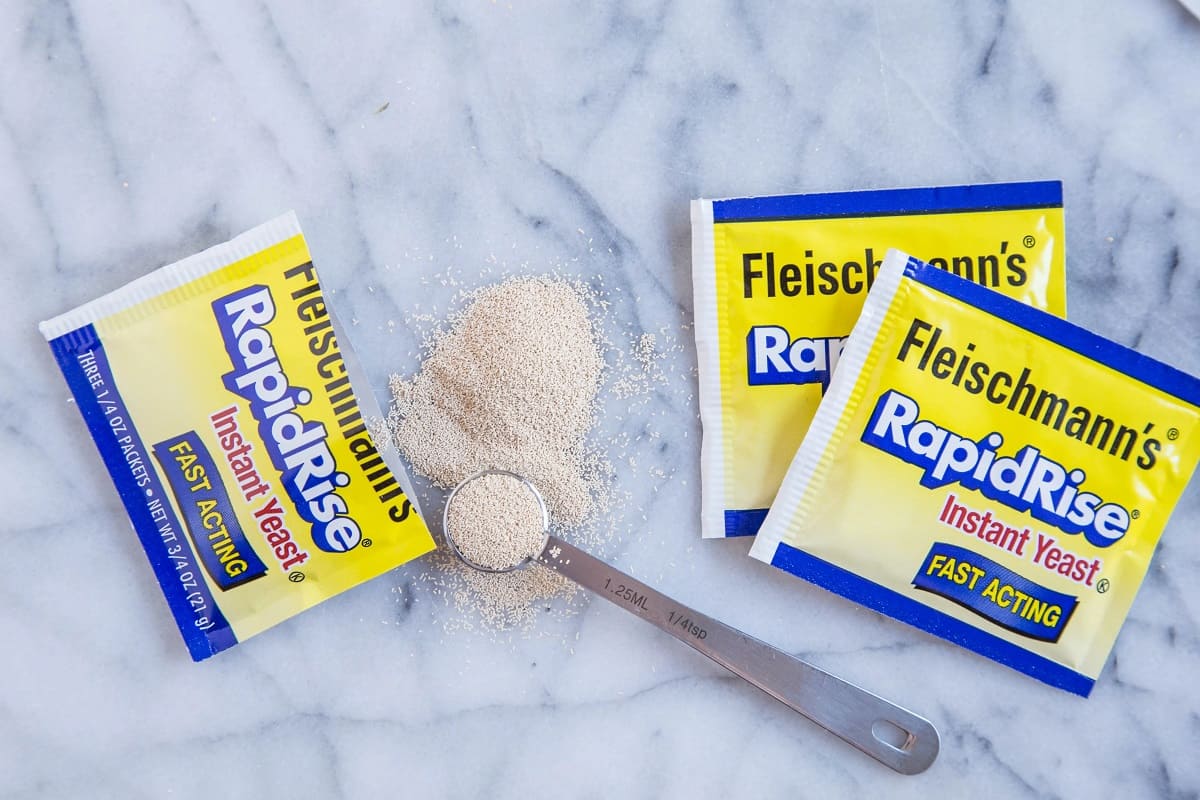
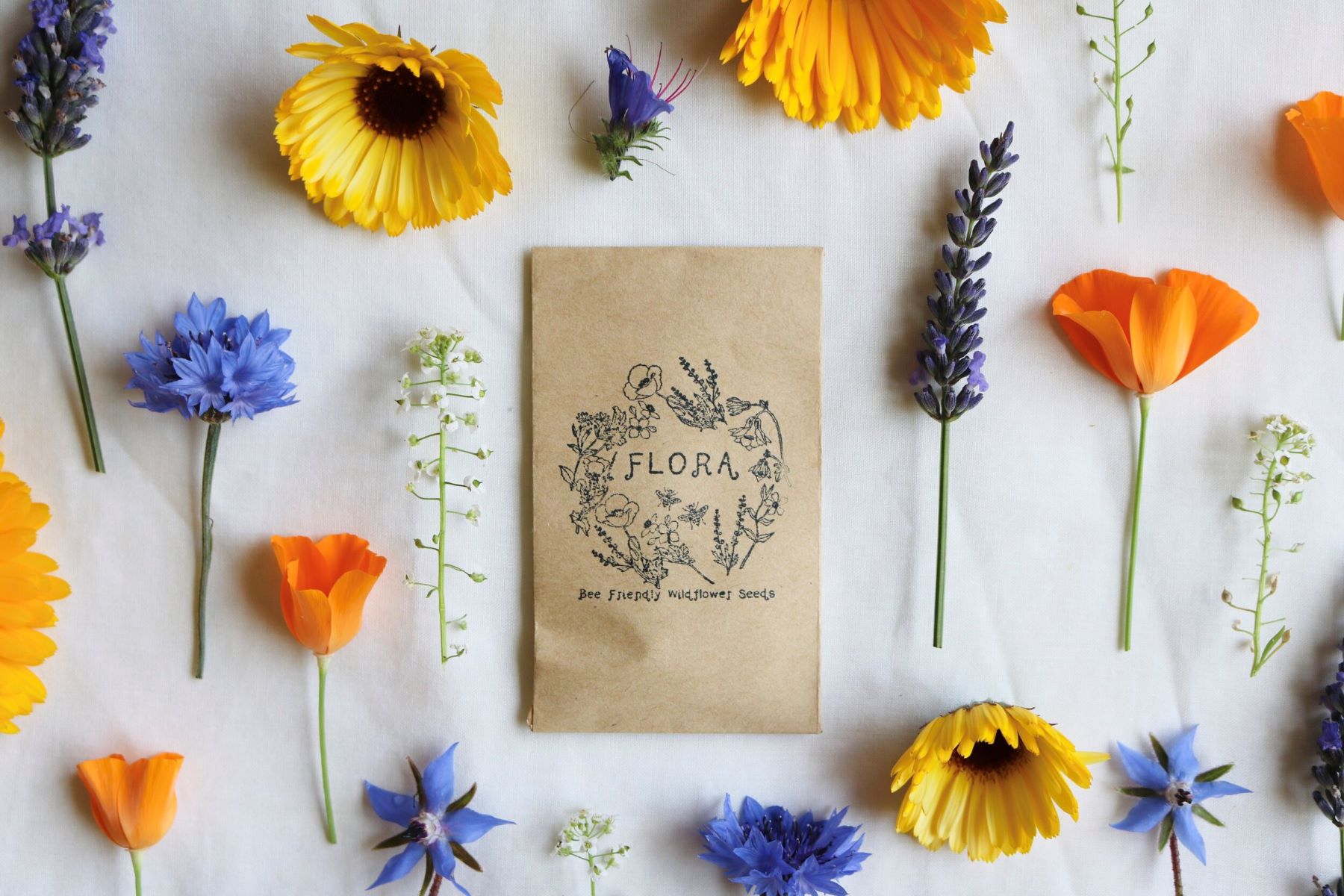


0 thoughts on “How To Store Open Seed Packets”